

Innovation, spontaneity, and flow are the ingredients that drive creativity. However, the professional creative world also demands structure, deadlines, and efficiency. Often, it is difficult for artists, writers, designers, and other creatives to find the right balance between discipline and freedom. So, how do you maintain artistic inspiration when you must meet deadlines? And, is it possible to prevent creative burnout without sacrificing productivity?
To thrive creatively, one must effectively balance inspiration and deadlines. This post will explore the art of balancing structure and creativity.
Understanding Your Creative Rhythms
To manage your time effectively as a creative, you must first recognize your own work rhythms. After all, the 9 to 5 routine may not work for everyone, and forcing yourself into it can harm your creativity.
Identify your peak creative hours.
It is common for people to come up with their best ideas in the morning. Many creative people, including Benjamin Franklin, Ernest Hemingway, and Georgia O’Keeffe, found inspiration and had peak creative periods in the morning, often combining walks, naps, or simply observing the dawn.
Some people, however, are night owls. As a writer, Franz Kafka was known for staying up all night. Also, William Styron (author of Sophie’s Choice, among other best-sellers) typically awoke at noon each day and would stay in bed for an extra hour to think about the day ahead.
As for you? Keep track of your productivity and creativity levels throughout the day to determine when you are most inspired. Once you know these peak hours, you can structure your schedule around them.
Use your energy cycles wisely.
Whenever your creative juices flow, focus on high-energy tasks like brainstorming, writing, designing, or solving problems. Conversely, take advantage of low-energy periods for administrative tasks, such as replying to emails, organizing files, or researching.
Making a Schedule That Doesn’t Suck (Too Much)
Okay, schedules get a bad rap. But they don’t have to stifle your creativity. Here’s how to make them work for you.
Prioritize tasks using the Eisenhower Matrix.
The Eisenhower Matrix divides tasks into four categories;
- “Do It Now” stuff. Usually, these are client emergencies or deadlines that need to be met.
- “Schedule It” stuff. These could be long-term projects, learning new skills, or your own passion projects.
- “Delegate It/Delay It” stuff. Meetings or checking social media notifications would be annoying in this category.
- “Trash It” stuff: Anything you waste your time on.
By reducing distractions, this framework helps creatives focus on meaningful work.
Time blocking and themed days.
Using time blocking, you can schedule specific blocks of time for different types of work. Here are some examples;
- Morning (9-12 PM). Creative deep work, such as writing, designing, and brainstorming.
- Afternoon (1-3 PM): This could include meetings, collaborating with others, or research.
- Late Afternoon (3-5 PM). During this block, you could be editing, performing admin tasks, or answering emails.
In addition, themed days, where different aspects of creativity are emphasized, can also be helpful. For example, Mondays serve as a brainstorming day, Tuesdays as an execution day, and Wednesdays as a refinement day.
The Pomodoro Technique for creative flow.
Although creativity doesn’t always fit into rigid time slots, structured bursts of focus can enhance productivity. With the Pomodoro Technique, focus sessions last 25 minutes and are followed by 5-minute breaks. As a result, creatives can avoid burnout and maintain concentration.
Although the Pomodoro Technique is often presented with strict work intervals of 25 minutes and breaks of 5 minutes, it’s a flexible tool that can be adapted to suit your needs and preferences rather than feeling rigid.
In other words, the 25-minute work interval and 5-minute break are just a starting point. You can adjust these times to suit your work style or the demands of your job.
Deadlines: Not the Enemy (Okay, Maybe a Little)
According to Teresa Amabile, a psychologist and researcher known for her creativity studies, time pressure negatively affects creativity. In her research, she found that time constraints can inhibit people’s creative thinking and problem-solving capabilities.
However, deadlines are an inevitable part of life. Here are a few ways we can make them less painful.
Set realistic deadlines with buffer time.
There should be a balance between structured and flexible deadlines. In other words, allow for last-minute refinements or unexpected creative blocks when setting deadlines. Ideally, you should complete a project by the end of four days, so the final day is for revisions.
Break large projects down into smaller milestones.
Consider dividing a project into manageable chunks rather than seeing it as one massive task. For example, a book-writing project could be broken down into;
- Research and outlining (Week 1)
- Drafting chapters 1-3 (Week 2)
- Editing and revising (Week 3)
This approach makes large tasks feel less overwhelming, and creativity flows continuously.
Use a task management system.
A number of apps, including Trello, Asana, and Notion, can help creatives organize their workflow. A simple to-do list with deadlines, priorities, and progress tracking can make a big difference in keeping you on track.
Avoiding the Dreaded Creative Burnout
There’s nothing worse than staring at a blank screen and feeling like your brain is as dry as the Sahara Desert.
Schedule regular breaks and downtime.
Overworking can drain creativity. During working hours, take scheduled breaks, practice self-care, and spend time outdoors or exercising.
Practice mindfulness and creative play.
By practicing mindfulness techniques such as meditation and journaling, you can reset your mind and boost your creativity. Additionally, doodling, free writing, and experimenting with new art forms can help inspire creativity.
Learn to say no.
The more projects you take on, the more likely you will lose your creativity. Be cautious when evaluating new opportunities, and don’t be afraid to decline projects that don’t align with your goals.
Finding Your Sweet Spot: Embracing Flexibility and Discipline
Creativity and structure don’t always have to clash. Finding the perfect balance between efficiency and inspiration can be achieved by understanding your creative rhythms, using structured productivity techniques, managing deadlines strategically, and avoiding burnout.
Ultimately, to create a system that supports your creative freedom and professional obligations, time management for creatives is not about rigid schedules. By practicing and refining your workflow, you can thrive creatively while always meeting your deadlines.
FAQs
Why is time management especially difficult for creatives?
Since they don’t always work linearly or predictably, creatives have difficulty managing their time. The nature of their work involves inspiration, which can be fleeting, and projects requiring focus and flexibility. Additionally, the pressure to create something original can lead to procrastination and perfectionism, making it challenging to stick to a rigid schedule.
I feel like my best ideas come at random times. How can I manage that with a schedule?
Embrace the randomness!
Record your ideas as they come using a notebook or voice recorder app. After all, you do not need to fit them into your scheduled work time immediately. Instead, set aside specific times for brainstorming and “idea incubation.” Revisit these ideas during those designated times.
How do I balance creative exploration with meeting deadlines?
Balance is key.
- Break down projects. Assign deadlines to each smaller, manageable task within a large project.
- Allocate “play time.” Don’t be pressured by deadlines when exploring and experimenting. You may even discover unexpected breakthroughs as a result.
- Communicate realistic timelines. When working with clients, be upfront about your process and set realistic deadlines.
I often lose track of time in a creative “flow.” Is that bad?
Not necessarily.
In ” flow ” states, there is a high level of productivity. However, you should keep an eye on your overall schedule. If you’re deeply engaged in a task, set an alarm or a timer to remind you to take breaks, eat, or switch tasks.
How do I create a time management system for my unique creative process?
Don’t be afraid to experiment and be flexible.
- Track your time. Analyze how you spend your time to discover patterns and areas for improvement.
- Reflect on your productivity. When do you feel most productive? Are there any environments that inspire you?
- Adjust your system regularly. As your needs change, be prepared to adjust your time management strategies.
Image Credit: Ron Lach; Pexels
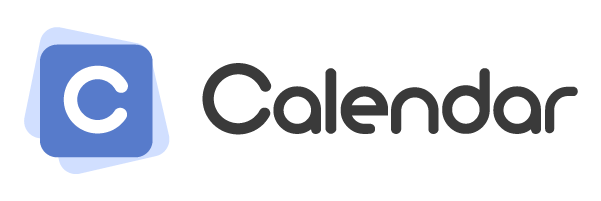
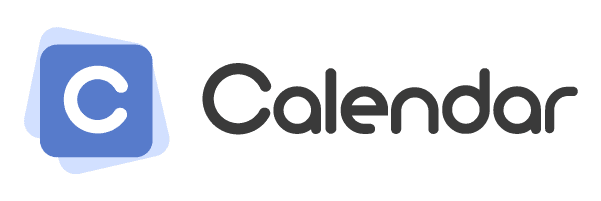
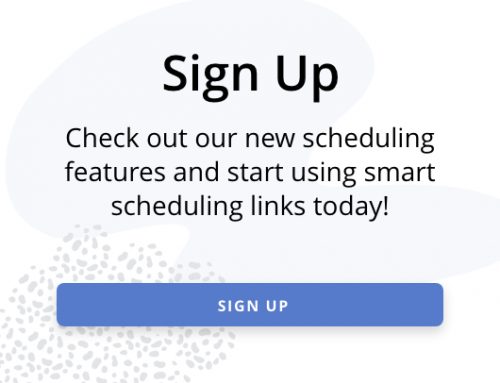



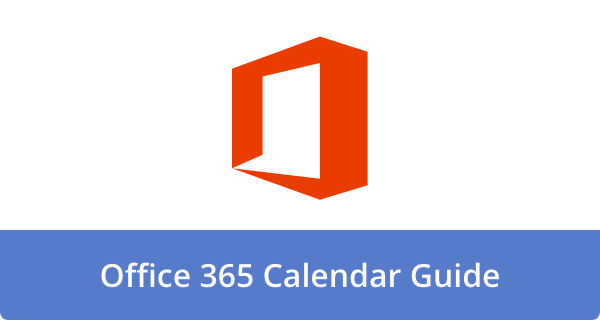
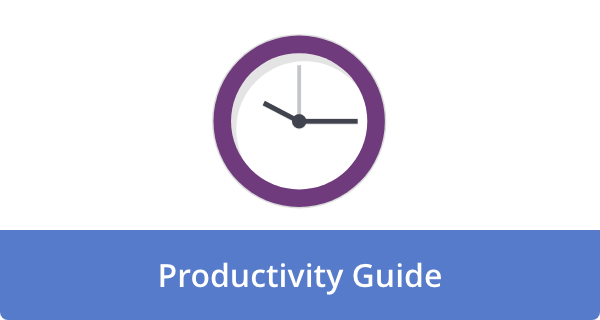
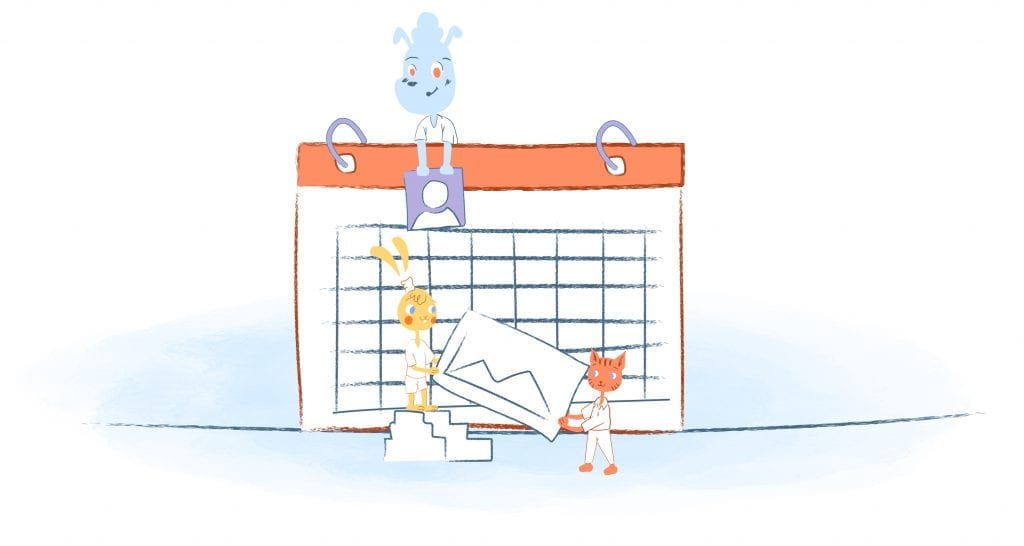
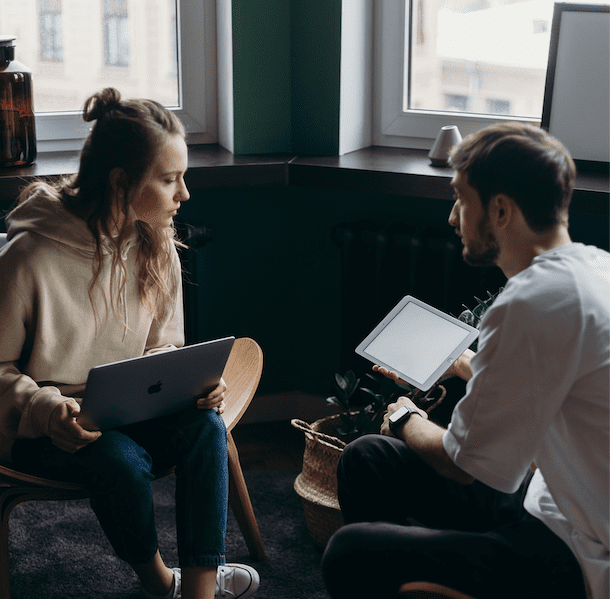
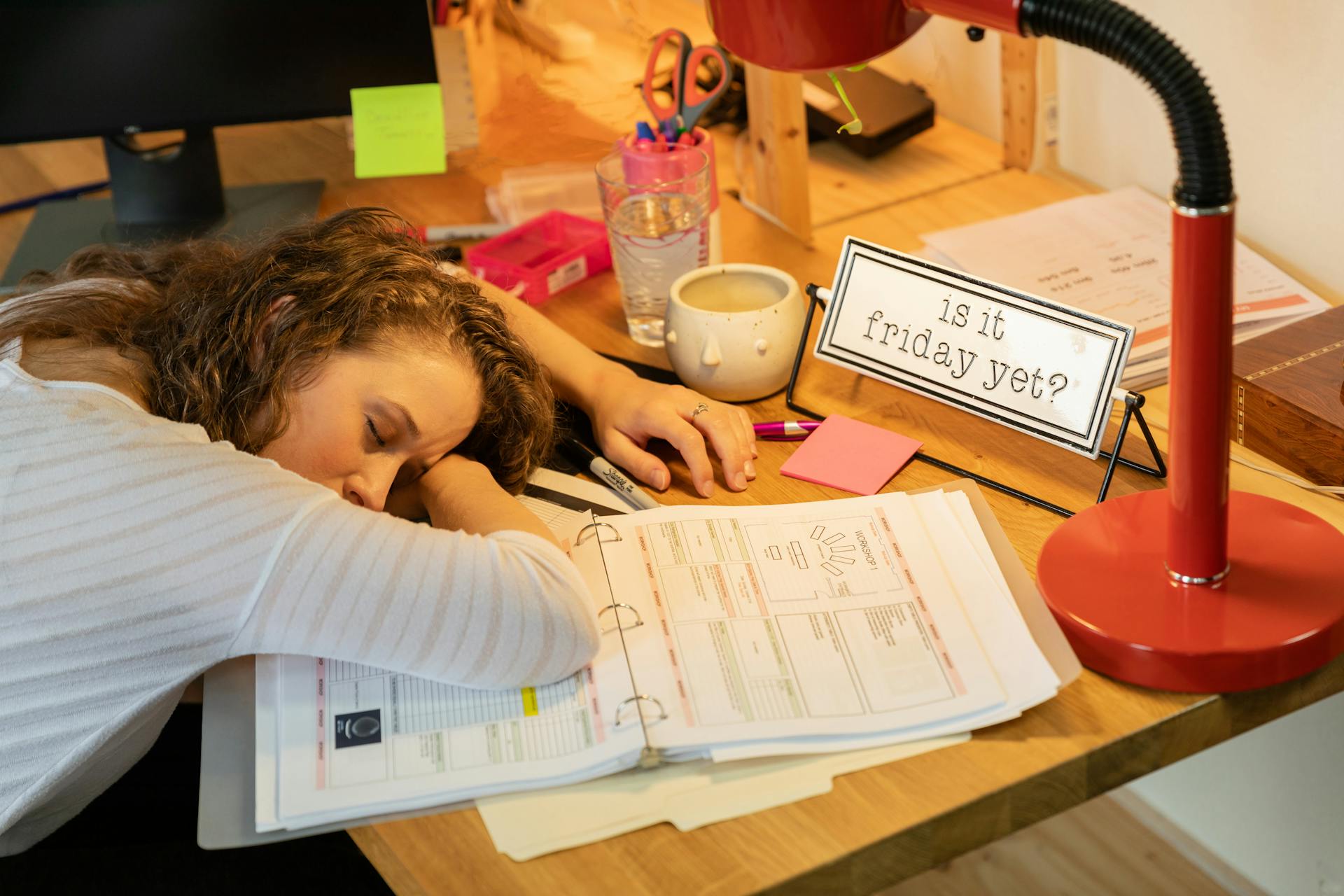
Deanna Ritchie
Editor-in-Chief at Calendar. Former Editor-in-Chief, ReadWrite, Editor-in-Chief and writer at Startup Grind. Freelance editor at Entrepreneur.com. Deanna loves to help build startups, and guide them to discover the business value of their online content and social media marketing.